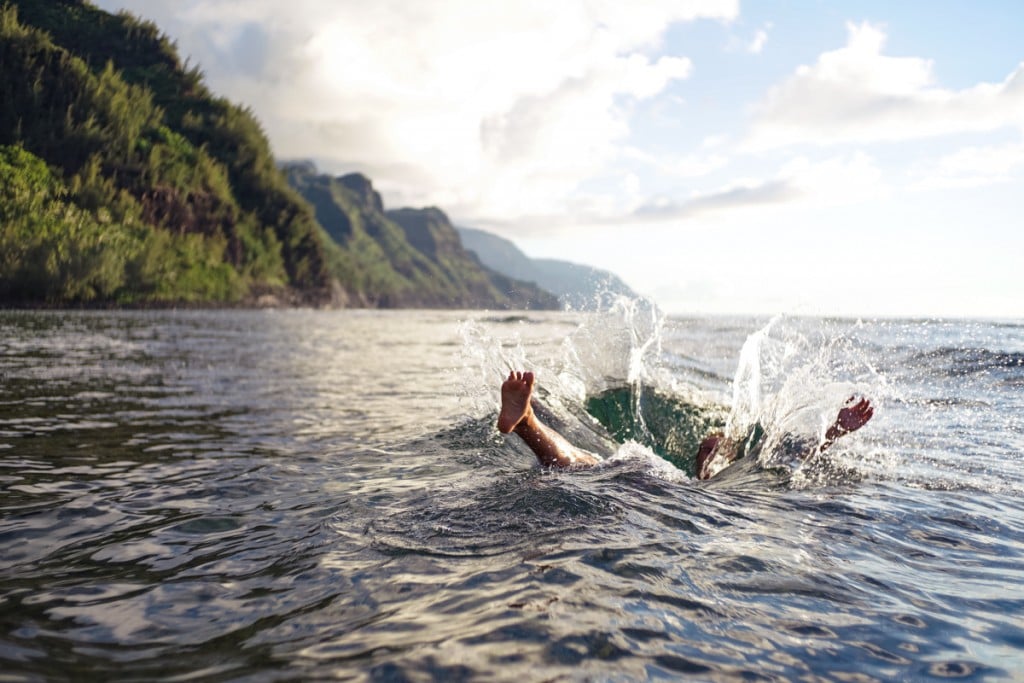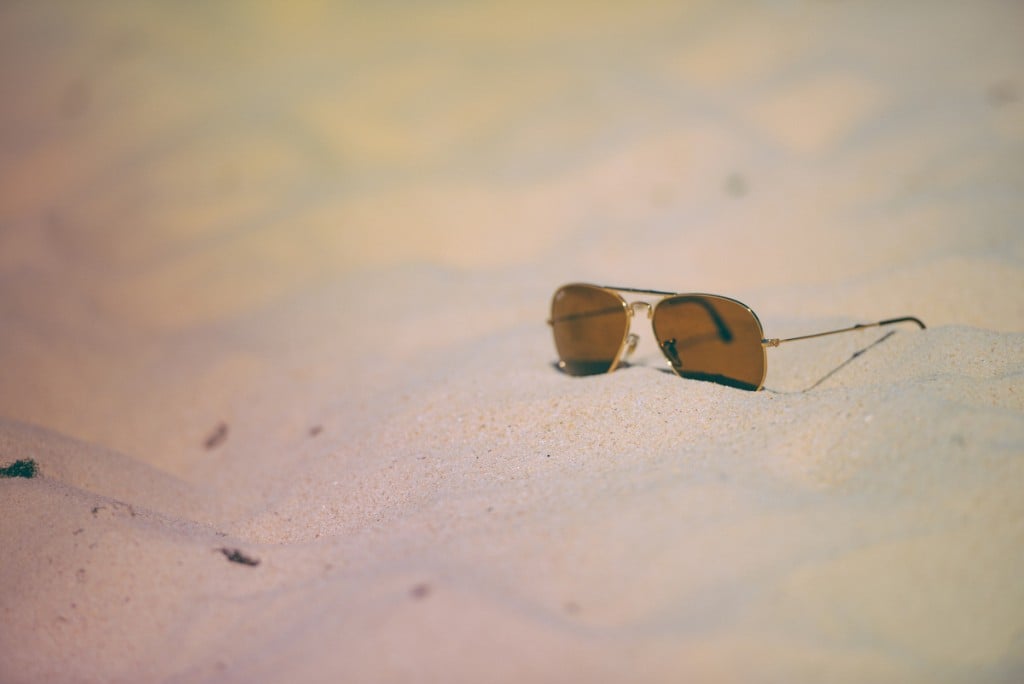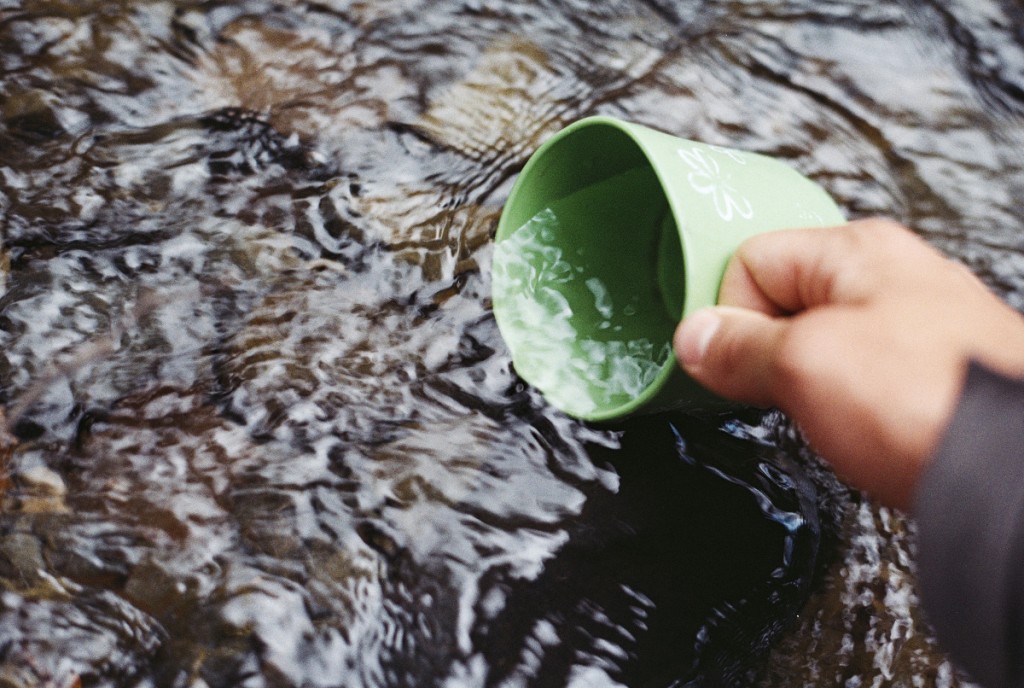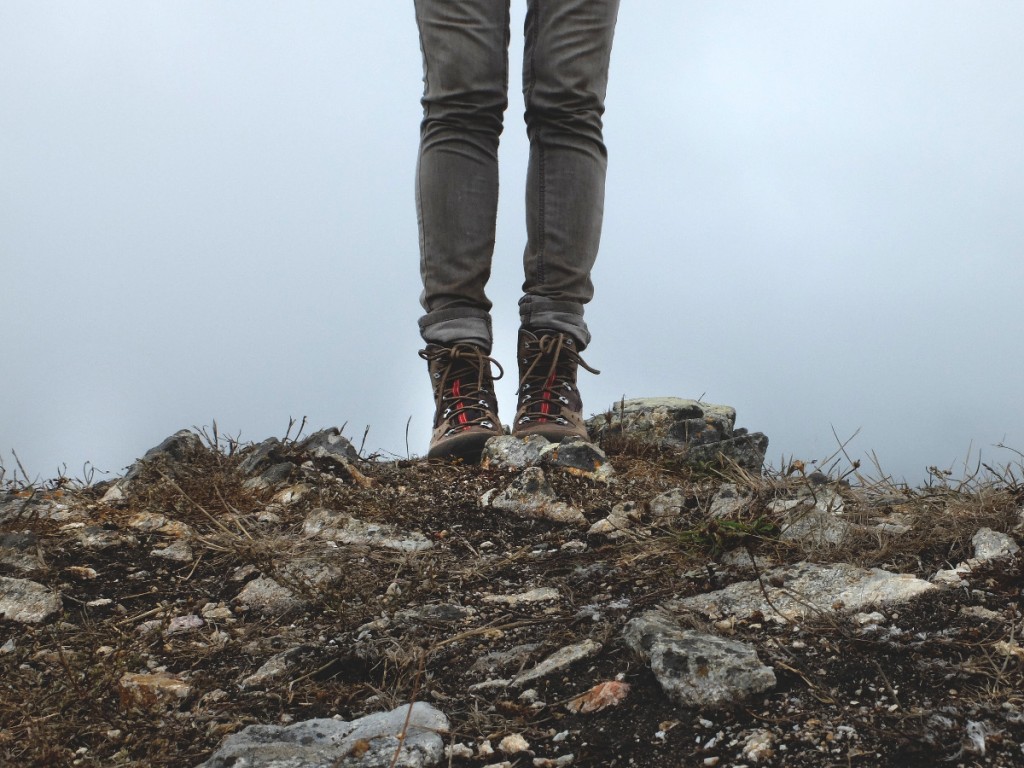
Human beings are big bags of water.
No, really—just check this excerpt from NOLS Wilderness Medicine by Tod Schimelpfenig:
“We hear through a medium of water, the brain is cushioned by fluid, and the joints are lubricated by fluid. Blood is 90 percent water, and every biochemical reaction takes place in a medium of water." (p. 253)
If you think about it, in our everyday lives we basically live in little pods of climate control that help our bodies stay hydrated and comfortable: wake up in your air conditioned home, get in your air conditioned car, drive to the (in many cases) air conditioned building where you work, get back in your air conditioned car, drive back to your air conditioned home, and do it all over again. Maybe you get a couple of drinks of water from the tap when you’re thirsty throughout the day.
Meanwhile, the world around us is affected by things like the sun’s rays, air quality, humidity, and more.
When we venture out into the elements to recreate, we’re suddenly faced with the concept of direct adjustment to the environment, and it’s not as easy as going to the faucet for a nice, ice-cold glass of water. (Thirsty yet?)
Dehydration can cause larger issues with the human body, and it is not the only threat we face when playing outdoors. Heat syncope, heat cramps, heat exhaustion, heatstroke—these are all important things to be aware of when spending time outdoors, especially in the summertime.
It’s important to be aware of the different types of heat illness, and their treatment principles, should an emergency arise—take a look at them below.
Heat Syncope

Heat syncope occurs when there is decreased blood flow to the brain and pooling of blood in the lower legs, causing a person to faint (think of standing for long periods of time). Before fainting, it is common for a patient to complain of tunnel vision, sweating, nausea, weakness, or vertigo.
If they do faint, have them lie flat and be sure they are adequately hydrated. Be sure to complete a full patient assessment. People faint for many reasons, some benign, some serious, and it is important to check for any other injuries that may have been caused by the fall.
Heat Cramps

Heat cramps present themselves as painful muscle contractions following exercise in hot conditions. It isn’t entirely concrete as to what causes these cramps, but it may be a combination of a lack of sodium, potassium, and calcium mixed with muscular fatigue.
It's also not agreed on as to what the best treatment is, but a few commonly advised steps include moving the patient to a cool spot and administering a solution of one-quarter to one-half teaspoon of salt and one liter of fluid, or an electrolyte-containing sport drink. Have your patient drink slowly, and consider adding TUMS to replenish calcium before gently straightening the affected limb to relieve cramping.
Heat Exhaustion

In a nutshell, heat exhaustion is a body’s inability to cope with heat stress. Signs and symptoms are believed to be caused by a mixture of heat stress and dehydration, and can present themselves as weakness, fatigue, headache, dizziness, thirst, nausea, vomiting, and muscle cramps. Pulse and respiratory rates may also be heightened.
Treat a patient with heat exhaustion by moving them to a cool environment and having them lay flat. Then, remove excess clothing and shade the patient from any direct heat.
Be sure to hydrate the patient—if they are mentally aware enough to hold a glass, allow them to drink water, a dilute solution of sugary drinks with a teaspoon of salt, or a sports drink. Monitor the patient and continue to assist them with rest and hydration.
Heatstroke

The two broad classifications of heatstroke are classic and exertional.
Classic heatstroke generally affects infants, the elderly, and the chronically ill, developing slowly and becoming a health concern during heat waves.
Exertional heatstroke, on the other hand, is more likely to affect healthy, fit individuals, and develop rapidly during exercise or strenuous physical work.
Unlike heat exhaustion, heatstroke usually strikes rapidly, with the patient developing an altered mental status (think confusion, drowsiness, disorientation, irritability, anxiety, and ataxia, or difficulty maintaining balance). Since we often can’t measure a patient’s temperature in the field, a person with signs of stress from heat with altered mental status should be assumed to have heat stroke.
To treat for heatstroke, rapidly cool the patient. The long term effect of the illness can be affected by both the temperature reached and the length of time that temperature is sustained. Rapidly cool the patient by providing a cool environment, laying the patient flat, removing clothing, and cooling with water and fanning. Immersing the patient in cool water will cool the patient rapidly—be sure to protect the airway should this be implemented.
Monitor the patient’s temperature and beware of hypothermia, which becomes possible with aggressive cooling. Hydrate the patient, but don’t give them fluids orally until they are mentally alert and able to hold the glass and drink. Document temperature trends and evacuate immediately for further evaluation, since possible internal organ damage may not present itself for several days following an episode of heatstroke.
Tips for Prevention

Per many emergencies, the best treatment for heat-related illnesses is prevention. Be aware of your group members and red flags such as high heat and humidity, overdressing, and dehydration.
Here are a few tips to prevent heat illness from happening:
- Shade the head and the back of the neck to decrease heat gain from the sun.
- Hydrate. Good indicators of hydration are thirst and urine color. Urine should be clear to pale yellow, while dark urine may indicate dehydration.
- Wear loose-fitting clothes in light colors, which maximize heat loss through convection and evaporation.
- Be cautious with exercise in high heat and humidity, as an air temperature of about 90 degrees Fahrenheit and humidity above 70% severely impairs the body’s ability to lose heat through radiation and evaporation.
- Acclimatize. It takes 10 days to two weeks to acclimatize to hot environments.
- Recognize diseases and drugs that impair heat dissolution.
- Know the warning signs: dark-colored urine, headache, fatigue, dizziness … etc.
Learn more about heat illness on a NOLS Wilderness Medicine course.
Written By
Sarah Buer
Sarah is a Wyoming native, Wilderness First Responder graduate, and former marketing coordinator for NOLS Wilderness Medicine. When she’s offline she enjoys running, singing and playing guitar, and playing in the mountains



